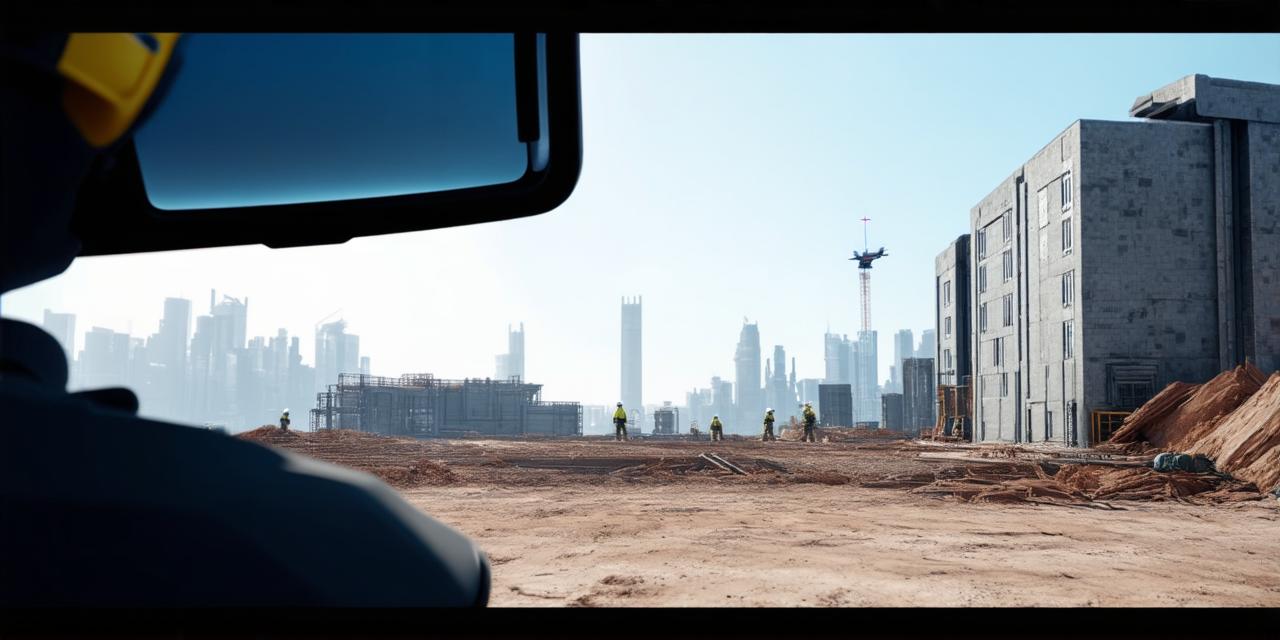
How can the construction industry utilize virtual reality?

Introduction
Virtual reality (VR) technology has been around for a while now, but its impact on various industries, including construction, has been slow to take off. However, with advancements in VR technology and a growing awareness of its potential, the construction industry is starting to embrace this innovative technology. In this article, we will explore how virtual reality can revolutionize the construction industry by improving collaboration, reducing costs, and enhancing the overall construction experience.
Improving Collaboration
Collaboration is an essential part of any construction project. It involves communication, coordination, and cooperation between various stakeholders, including architects, engineers, contractors, and owners. Traditional methods of collaboration, such as 2D blueprints and on-site meetings, can be time-consuming and inefficient. However, virtual reality technology has the potential to revolutionize collaboration by enabling remote teams to work together seamlessly.
For example, VR headsets can be used to provide immersive experiences that allow architects and contractors to visualize the construction process in real-time. This allows for better decision-making and improved communication between team members. Additionally, VR technology can enable virtual site visits, which can save time and money by eliminating the need for on-site meetings.
Reducing Costs
Cost reduction is a significant challenge in the construction industry. With so many variables to consider, it can be challenging to keep costs under control without sacrificing quality. However, virtual reality technology can help reduce costs in several ways.
Firstly, VR technology can enable more accurate and efficient estimating, reducing the risk of cost overruns. For example, VR simulations can provide a more realistic representation of construction sites, allowing contractors to identify potential issues before they become problems. This can help reduce waste and optimize resource allocation, ultimately reducing costs.
Secondly, virtual reality technology can enable better project management by providing real-time data on construction progress. This allows for better decision-making and more effective problem-solving, which can result in cost savings.
Enhancing the Construction Experience
Virtual reality technology can also enhance the overall construction experience by improving visualization, reducing errors, and increasing safety. For example, VR simulations can provide a realistic representation of construction sites, allowing workers to visualize the site layout and identify potential issues before they become problems. This can help reduce errors and improve safety.
Moreover, virtual reality technology can enable better communication between workers and stakeholders, improving overall project efficiency. For example, VR headsets can be used to provide real-time feedback on construction progress, allowing for better decision-making and more effective problem-solving.
Real-life Examples
The construction industry is already using virtual reality technology in various ways. For example, Bechtel Corporation, a global engineering and construction company, uses VR simulations to train workers on complex equipment and procedures. This has resulted in improved worker safety and reduced training costs.
Another example is the use of virtual reality in the design and planning process. The company Autodesk uses VR technology to enable architects and contractors to visualize construction sites in real-time, allowing for more accurate estimating and better decision-making.
Conclusion
In conclusion, virtual reality technology has the potential to revolutionize the construction industry by improving collaboration, reducing costs, and enhancing the overall construction experience. With advancements in VR technology and a growing awareness of its potential, the construction industry is starting to embrace this innovative technology. As such, it is crucial for virtual reality developers to understand how VR can be used in the construction industry and develop tools and solutions that cater to these needs. By doing so, we can help create a safer, more efficient, and cost-effective construction experience for all stakeholders involved.


